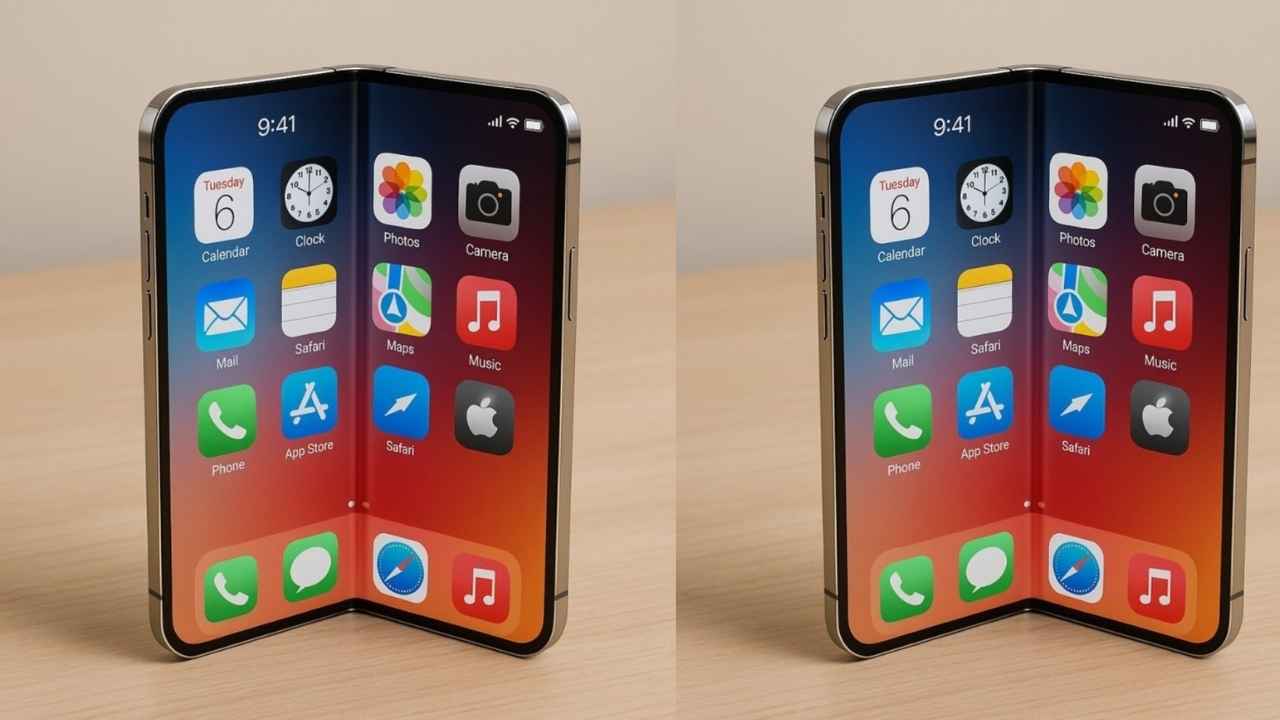Apple has unveiled a new version of the iPhone with a $2,000 price tag, making it one of the priciest smartphones for consumers to date. This release has initiated discussions around technology, consumer preferences, and the increasing demand for high-end gadgets, alongside worries about the accessibility of such expensive products in a competitive marketplace.
The latest version of the leading series by the tech giant introduces advanced features, state-of-the-art hardware, and improved software functions. The newest iPhone offers upgraded cameras, faster processors, and superior display technology, establishing Apple’s device as a top choice for consumers who value high performance, innovation, and design. Although the price has generated some surprise, the company maintains that the improvements validate the expense for individuals desiring the best smartphone experience.
Characteristics and advancements influencing the cost
The $2,000 iPhone offers numerous technological enhancements that set it apart from earlier versions. These improvements include cutting-edge camera systems that enable professional-quality photography and videography, high-resolution screens with enhanced brightness and color precision, and processors built to effortlessly manage intensive applications. Moreover, Apple has incorporated innovative software features that enhance user experience, security, and connectivity, affirming the device’s reputation as a top-tier product.
Battery life and charging speed have also been optimized, catering to users who rely heavily on their smartphones for work, media, and communication. The inclusion of enhanced materials, such as aerospace-grade alloys and ceramic shields, further contributes to the elevated cost. These innovations reflect Apple’s ongoing strategy of combining functionality, durability, and aesthetic appeal in a device that serves both practical and aspirational purposes.
Reactions of the market and consumer factors
Reactions to the launch have been mixed. Some consumers see the new iPhone as a status symbol, a tool that not only provides high performance but also signals sophistication and technological literacy. Others question whether the benefits justify the price, particularly when alternative devices offer many similar features at significantly lower costs. Market analysts suggest that Apple is targeting a specific segment of the consumer base—those willing to pay a premium for the latest technology and brand recognition.
The release of a $2,000 smartphone also raises questions about accessibility and consumer spending habits. For many, purchasing a device at this price point represents a significant financial commitment, potentially requiring financing or trade-ins. Despite this, Apple has consistently maintained strong sales in its premium segment, suggesting that demand remains robust even amid economic uncertainty and competitive pressures.
Broader implications for the smartphone industry
Apple’s pricing strategy reflects broader trends in the smartphone industry, where innovation often comes at a higher cost. Competitors may respond by introducing their own high-end models, incorporating advanced features to attract premium buyers. At the same time, mid-range and budget devices continue to dominate the majority of the market, emphasizing value and accessibility over luxury and cutting-edge technology.
This variation in business strategies demonstrates the difficulties businesses encounter in juggling innovation, cost-effectiveness, and what consumers expect. As high-end gadgets such as the $2,000 iPhone display the potential of today’s technology, they also emphasize concerns about unequal access and the widening disparity between premium and standard mobile phone users. Experts observe that these patterns could impact upcoming design decisions, pricing models, and promotional techniques throughout the sector.
Advice for buyers and factors to consider when making purchases
For potential buyers, evaluating the need for a premium device is essential. While the newest iPhone offers top-tier performance and features, not all users require the full capabilities of the most expensive model. Factors such as storage capacity, camera functionality, and processing power should be weighed against personal usage patterns and budget constraints. Apple offers various financing options and trade-in programs to make the device more accessible, but consumers are encouraged to carefully consider whether the investment aligns with their needs and priorities.
Furthermore, options available in Apple’s range or from different brands can offer a compromise between high performance and cost-effectiveness. By evaluating specifications, costs, and customer reviews, shoppers can make well-informed choices that optimize their investment without sacrificing key features. Keeping up with software upgrades and upcoming product launches can also assist consumers in predicting future offerings and deciding if delaying for a newer version might be more beneficial.
Looking ahead: the evolution of premium smartphones
The launch of a $2,000 iPhone highlights the changing dynamics in the smartphone realm, where advancements consistently challenge limits and reshape what customers anticipate. As gadgets improve, the expense associated with breakthroughs increases, requiring firms such as Apple to manage the ambition to be pioneers with the practical aspects of the market. Upcoming developments could involve more incorporation of artificial intelligence, augmented reality, and other cutting-edge technologies, all with the potential to impact prices and consumer interest.
The launch of this top-tier iPhone underscores both the possibilities and the obstacles within today’s consumer electronics. For tech lovers, it symbolizes the forefront of innovation. For the general audience, it acts as a reminder of the expanding luxury segment in the marketplace and the importance of evaluating attributes, usability, and price before committing to major buys. Whether this device will establish a new standard for the sector or stay as a specialized item is yet to be determined, but its introduction surely attracts interest and influences the dialogue about the future of smartphones.




